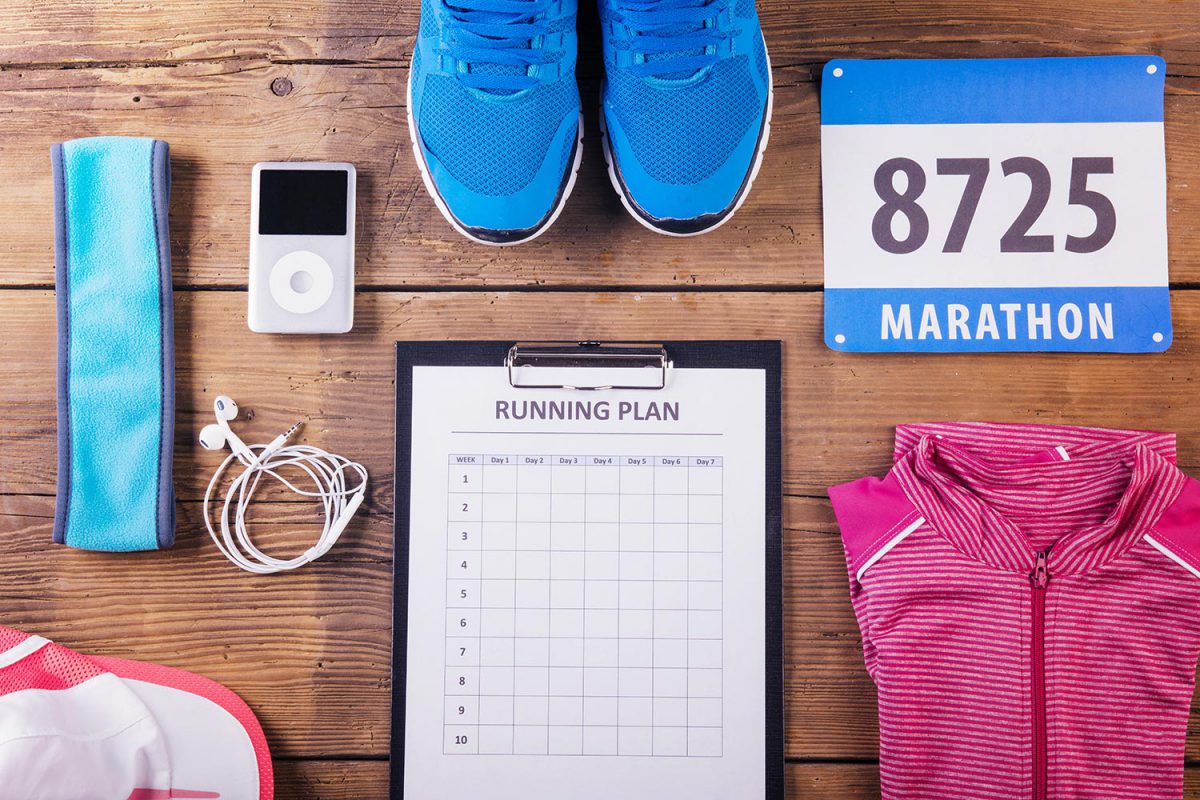Now that we are nearing the end of 2020, you should have a good idea of which races you’ll be targeting for the coming season. If you haven’t got this far yet, here is a quick 3-step guide to help you.
Lets stay positive about the issue of Covid-19 and how disruptive its been for life in 2020. Moving forward we should still be able to exercise on a daily basis which means there is no reason to not have aspirations and a Training Plan!
Step 1 – Review your performance for 2020
Umm, I can hear you thinking, how do I go about reviewing my performance for 2020 and how/why should this influence my activities and race-selection for 2021?
When analysing your performance for 2020, for each race, ask yourself why you performed as you did. Consider things like:
- Did it suit your run style – some people like hills and others don’t.
- Did it suit your physical state/health – you may have weak/dodgy knees in which case an off-road race may have presented a lower risk of injury.
- Did it allow for a pb – some courses are “faster” than others.
- Had you done it before and hence are familiar with the course?
- Were you happy with your level of fitness/training at the time?
- Did you have a clear [and realistic] goal or was it just adhoc?
- Which was your weakest discipline/activity (Swim/Cycle/Run)?
Asking yourself such questions will help to shed light on the compatibility of race-type with you as an individual. It will also help identify your strengths and weaknesses.
Step 2 – Identify your goals for 2021
Before looking at individual races or events it is important to know what you’d like to achieve for the overall season, so, consider the following:
• Single discipline or Multisport?
• Distance – the same as last season or are you looking to do something different?
• Competitive or non-competitive?
Specific goals must be both challenging and realistic and in this respect, always be aware of the competition (key individuals) especially if you find yourself changing age-group or if you are trying a new distance.
Depending on their size, it’s quite normal to have one, two or even three big goals for the season and these should be labelled as your Category A events; anything else should be prioritised as either Cat B, Cat C or simply as a training session (more on this in step three).
Proper planning and race selection will improve your chances of success and help you to reach your goals.
Step 3 – Put together a Race Plan
Everyone will have different reasons for wanting to do specific races, but as a competitive triathlete (is there anything else!) time is precious which means every training session, every event and every race needs to have purpose. On this basis, select Cat B and C events that align with sub-peaks or steps toward your Cat A event. Good examples of this would be:
• 10km and half-marathon races used as time-trials in the build-up to full-marathon distance.
• 5km run races can used effectively whilst trying to develop speed once in the Build Phase of longer distance events.
• Qualifier races for high demand Ultra-distance (eg UTMB), Xterra, British, European or World Championships.
• Date & distance coincides with a sub-peak in your training.
Being selective and putting structure to your activities is the basis to a good Race Plan.
A good Race Plan will be progressive but not overly ambitious; it should also align with the basic principles of training, for example, if you’ve conditioned yourself to Full Iron Man distance it’s highly unlikely that you will be able to perform well at Olympic distance after the IM race. Yes you will be able to complete the Olympic distance but you’ll certainly not deliver a Cat A performance.
Be creative when selecting Cat C events, for example, elite triathletes will often only focus on one or two of the disciplines, for example, plod through the swim and bike, but then test their mettle on the run.
Also use Cat C events to trial any changes that you make to your equipment, technique, nutrition or clothing.
Proper planning and race selection is also essential if you are returning from injury, not only to help measure physical performance but also mentally, to stay familiar with the competitive environment.
I hope this 3-step guide has been helpful. If you would like any help or have any queries please get in contact.

